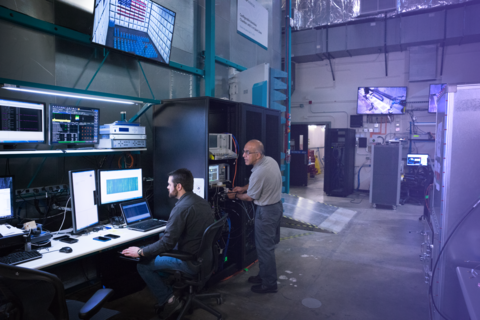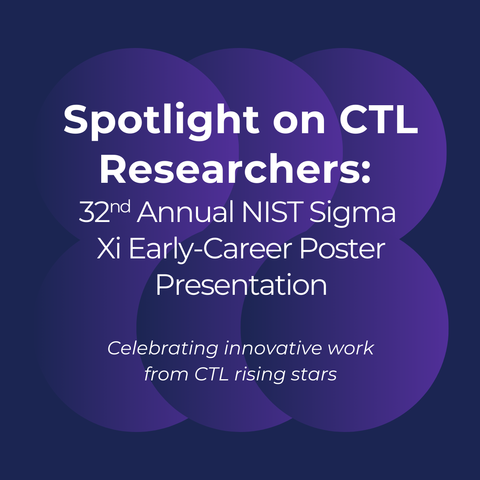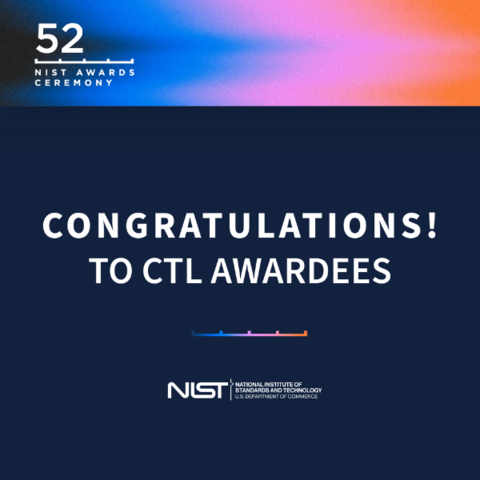About CTL

The National Institute of Standards and Technology Communications Technology Laboratory (NIST CTL) was established in 2014 to unite the extensive communications efforts of NIST into a unified research and development organization. The National Bureau of Standards (NBS), predecessor to NIST, worked on radiofrequency measurements as early as 1911, which was critical to the operation of U.S. aircraft, communications and missiles during World War II. In 1954, President Dwight D. Eisenhower dedicated what is now known as NIST Boulder Laboratories as the NBS Central Radio Propagation Laboratory, a national research center for radio physics and radio engineering measurements, metrology, and standards development.
Today, advanced communications are enabling dramatic changes for how manufacturers, governments and the general public consume information, transact business, and provide and use essential services. Industry analysts predict 25 billion devices will be connected globally by 2025, with U.S. wireless providers investing $54 billion annually in infrastructure since 2020, adding jobs and boosting the U.S. economy each year.
Role and Expertise
CTL serves as an expert in communications technology and is an independent, unbiased arbiter of trusted measurements and standards to government and industry. We focus on developing precision instrumentation and creating test protocols, models, and simulation tools to advance communications technology.
Additionally, CTL is home to the National Advanced Spectrum and Communications Test Network (NASCTN), which addresses spectrum-sharing challenges. NASCTN brings together participants from other federal agencies, including the U.S. Department of Defense (DOD), the National Oceanic and Atmospheric Administration (NOAA), the National Science Foundation (NSF), and the National Telecommunications and Information Administration (NTIA) to develop robust test processes and validated measurement data necessary to develop, evaluate, and deploy spectrum sharing technologies that can increase access to the spectrum by both federal agencies and non-federal spectrum users.
Strategic Plan
The CTL strategic plan brings the future into focus with defined core values as a laboratory, actions to reach for the best versions of ourselves, and sets a course for how CTL will continue to rise to meet the future needs of the nation. The plan builds on the success of CTL from intentionally building a coalition of industry, academia, and other government agencies to bring forward the future of communications technology. CTL staff have identified strengths to build on, challenges to meet, opportunities to seize, and emerging areas to explore.
To support implementation of the strategic plan, CTL has outlined six roadmaps that will define the research focus for the next five to seven years:
- Quantum Communications
- Spectrum Science
- New Metrology and Calibration Services
- 6G Communications
- Autonomous Systems Control and Communications
- Public Safety Communications Research
These roadmaps will address key challenges, close technical gaps, and identify opportunities to drive innovation within CTL.




